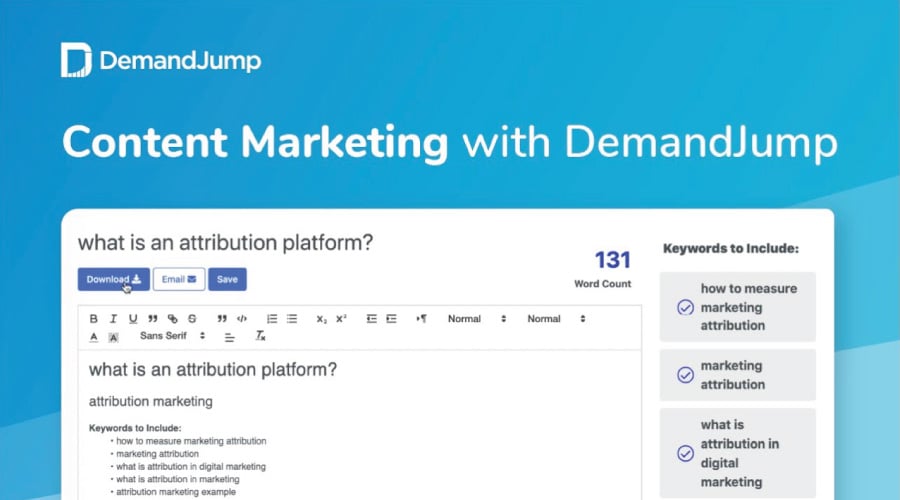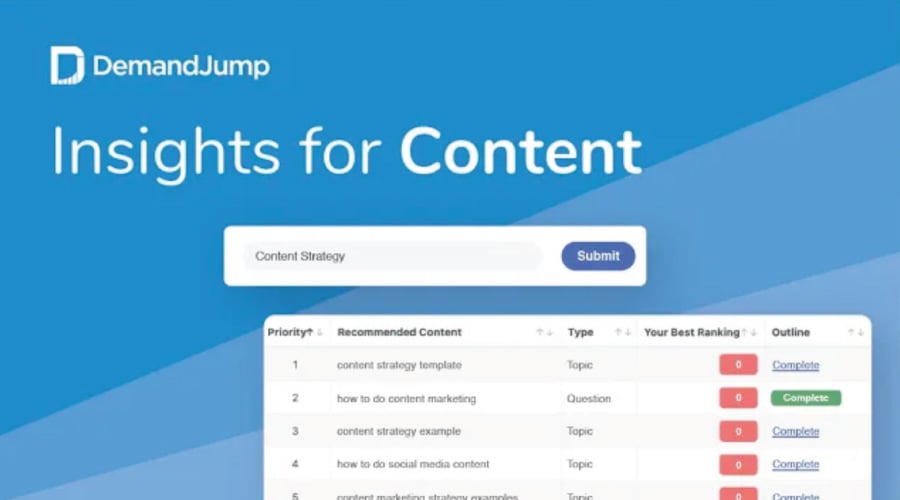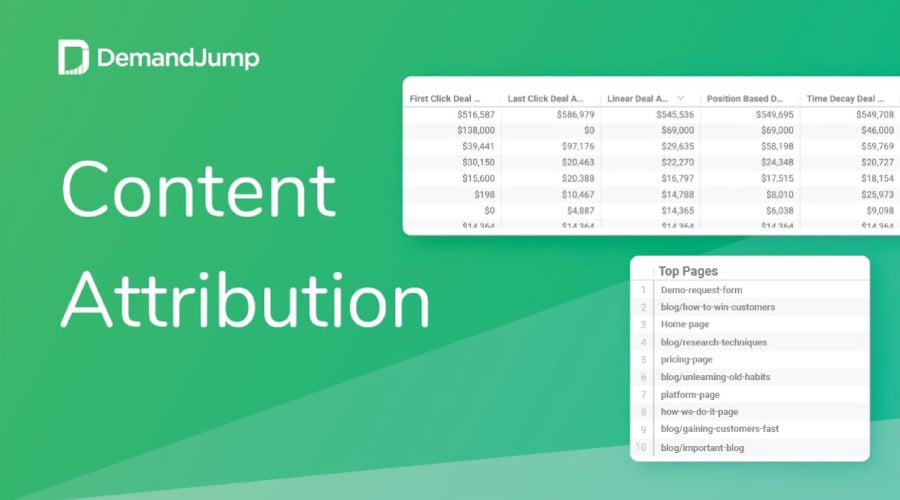Content pillar. Pillar page. Content cluster. Pillar strategy. If you’re in digital marketing, maybe you’ve heard these words pop up more and more over the past few years. And to set the record straight, they’re more than buzz words. They’re one of the prevailing ideas behind building an organic content marketing strategy that works. The fact is, a well-thought-out content pillar strategy and an SEO pillar can ensure that more eyes are landing on your webpage. And that means more prospects and customers for your company.
But, if you’re new to the topic of content pillars or you’re still getting your feet wet, you might be wondering how to get started developing a content pillar—or the overall strategy behind a cluster of content that focuses on one central idea. If that sounds like you, keep reading. We’re exploring how to develop a content pillar and how to create a content pillars template to keep it all organized.
What Is a Content Pillar?
To get started, a content pillar can refer to two different things, and it’s important to make this distinction early on.
First, a content pillar page is an individual piece of content, sometimes simply referred to as a pillar. A pillar is designed to act as the primary, authoritative article about a given topic. A pillar is typically about 3,000 words in length and should cover, at a high level, all the major ins and outs of a topic. Pillars then have sub-pillars (1,500 to 2,000 words) and supporting blogs (750-1,000 words) that cover parts of the topic in greater detail. These pieces all link up to the pillar, illustrating to Google and other search engines that the pillar is an authority on the topic.
A content pillar, then, refers to the strategy or framework behind the articles themselves. Think of this like a roadmap that guides what topics to cover, what questions to answer, what keywords to use, and how the individual articles interconnect to form a cohesive unit of content. In this article, we’ll focus on building out the content pillar—the strategy—rather than how to write individual pillars, sub-pillars, or supporting blogs. Looking for information on creating content pillar pages? Check out our article all about it.
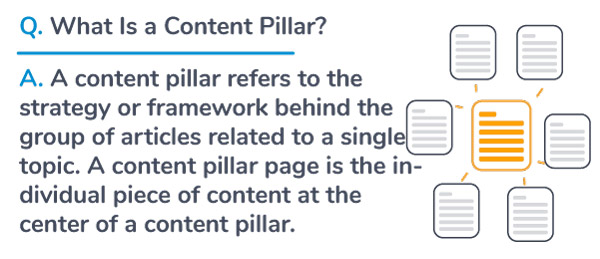
What Are Content Pillar Examples?
Before we jump into the how-to, we thought it might be helpful to explore some content pillar examples to further illustrate what exactly a content pillar is. Say you’re in marketing for an interior decorating company. You’re looking to expand your reach to get more prospective clients to your website, and you decide organic content marketing is one avenue you’re interested in. That means you need to build out high-quality content that speaks to the questions your target audience has.
To get started, you need to identify your pillar page. This is a big-picture, authoritative piece of content, so you’re typically going to be looking for a broad short-tail keyword to use as the central topic. What should your content pillars be? For most companies, their pillars will be their main product(s) or service area(s). For an interior decorating company, a pillar called “interior decorating” is likely the way to go. So that’s your 3,000-word topic. Then, you need to choose sub-pillars and supporting blogs to fall under your topic to explore it even further.
Here are some content pillar ideas that might work for “interior decorating.”
- Pillar: Interior Decorating
- Supporting blog 1: What does an interior decorator do?
- Blog 2: How do you find an interior decorator?
- Sub-pillar 1: Interior design service list
- Supporting blog 1a: What is included in interior design?
- Supporting blog 1b: What is full-service interior design?
- Sub-pillar 2: Decorating on a budget 2022
- Supporting blog 2a: How do I style my house on a budget
- Supporting blog 2b: How can I decorate my house on a low budget
- Sub-pillar 3: Interior design ideas for small house
- Supporting blog 3a: How do you maximize space in a small house
- Supporting blog 3b: How can I decorate my small house
As you can see, each sub-pillar explores a different part of interior decorating. And, each pillar and sub-pillar have supporting blogs that explore their topics in finer detail. Now you may be wondering how we got from Point A to Point B. In other words, how do you make content pillars? What topics do you choose, how do you know they relate, and how do you know what people are searching for? That’s exactly where your content pillar strategy comes in.
How Do You Create a Pillar Content Strategy?
It all starts with something called content (or topic) clusters. A content cluster, as it relates to pillars and SEO, refers to a group of related topics and articles. Essentially, it’s made up of your pillars, sub-pillars, and supporting blogs. The aim of your content cluster is to cover as much information as possible about a given topic—especially the information people are searching for!
There are two basic ways to develop a content strategy for a pillar: the manual way and the DemandJump way. Let’s briefly break down the steps in both.
The Manual Way
To build you a pillar content strategy the manual way, you’ll be doing a lot of manual keyword and topic research using tools like Google to gain insight into what your audience is looking for. Let’s recall the interior decorating company from above and walk through how you might build out a strategy manually.
Step 1: Determine your pillar.
We’ve already decided that our pillar is “interior decorating,” so we’re good to go there. Remember, your pillar topic should be extremely broad. A list of content pillars for other businesses might include “tea,” “IT services,” or “sneakers.” The sky's the limit!
Step 2: Find out what else people are searching for.
Here’s where the research part really comes into play. There are a few ways to go about this. First, you might use Google’s People Also Ask and Related Searches features. A quick Google search for “interior decorating” gives us related searches for the following:
- Home interior design ideas
- Interior decorating courses
- Interior design home
- Home decorating ideas on a budget
- Interior design tips for beginners
Any one of these could be a sub-pillar that goes into more detail about a specific aspect of interior design. In addition to the Related Searches feature, the People Also Ask feature can provide insights into long-tail questions that may be turned into supporting blogs. For example, when searing for “interior decorating,” people also search for:
- What is the difference between an interior designer and an interior decorator?
- How much should I pay for an interior decorator?
- What are the 7 elements of interior design?
- What is interior decorating?
Click on any of the results we described above in Google, and you’ll find more topics and keywords people are looking for. Rinse and repeat until you have a lengthy list.
You can also achieve the above results using a free or paid keyword research tool. Simply pull high-value short- and long-tail keywords and questions that relate to your topic, your brand, and your audience.
Step 3: Build out your plan.
By now, you should have a pretty lengthy list of topics to write about. Ideally, you’ll want at least 16-20 to start with. And more is always better. While your initial writing may only include 16 pieces of content, for example, you can always add more sub-pillars and supporting blogs to further your reach—and your pillar’s authority.
To narrow down your results to sub-pillars and supporting blogs, keep the following in mind:
- Your sub-pillars should be broader topics than your blog. Keywords and phrases tend to work well for sub-pillars.
- Your supporting blogs should be your most focused pieces of writing, going into detail on one specific topic. Long-tail keywords and questions work best for supporting blogs.
- Try to nestle supporting blogs underneath sub-pillar categorically so the supporting blogs explore specific elements of your sub-pillar. If your sub-pillar is “interior design tips for beginners,” you might put “what are the 7 elements of interior design” as the blog underneath it.
The DemandJump Way
If all that sounded like a lot of time and energy to spend developing a plan, you’re not wrong. And that’s why tools like DemandJump’s platform shine. DemandJump’s platform aggregates consumer behavior insights to help you uncover the most important topics, questions, and keywords your team should be focusing on. When developing a content pillar strategy for your business with DemandJump, the process couldn’t be easier. Here’s how it works.
Step 1: Run an insight report about your topic.
Creating an insight report about your pillar topic is as easy as entering your term (“interior decorating” in this case) into our insight reports page, clicking a button, and letting DemandJump do its magic. Once the report is complete, you’ll have access to the highest-value keywords and questions, where you’re currently ranking, and more.
Step 2: Build out your pillar strategy.
With DemandJump, there’s an entire dashboard dedicated to developing a pillar strategy. Simply open the dashboard and start clicking. It’ll generate the highest-value keywords and questions, even going so far as to show you which pieces should be sub-pillars and which should be supporting blogs.
Here’s a screenshot of our interior decorating example.
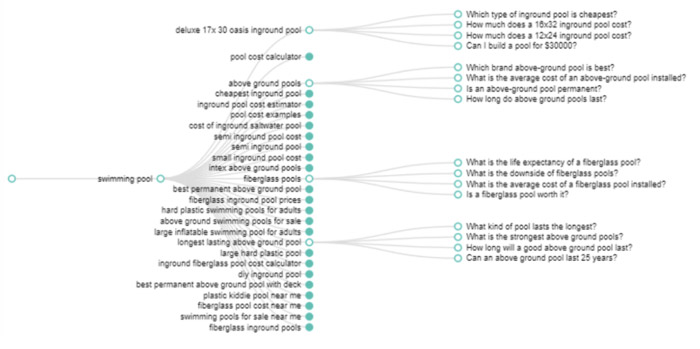
As you can see, your pillar topic is on the far left, and it opens up to possible sub-pillars (the middle column) and supporting blogs (the far right column)—all totally automated! And that’s it. Simply pick the sub-pillars and supporting blogs you’d like to start with and you can generate one-click Content Briefs to get started writing immediately. For any given content pillar, we recommend starting with around 16 pieces of content, including one pillar, three sub-pillars, and 12 supporting blogs. Remember, you can always add more content later!
How Do I Create a Content Strategy Template?
Fortunately, once you understand your pillar strategy, creating a content pillar template is the easy part! The best way to keep track of your pillars, sub-pillars, and supporting blogs—including key dates, possible keywords, and other critical pieces of information—is by using a template. At DemandJump, we recommend a content strategy template in Excel or Google Sheets for most of our customers.
In fact, here’s a screenshot of a template you might use for the “interior decorating” example above.
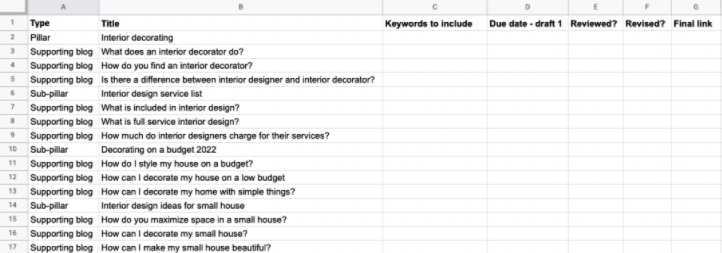
You’ve got columns for the type of content it is (pillar, sub-pillar, and supporting blog), the title of the article, any keywords you’d like your content writers to include, the date it needs to be completed by, whether or not it’s been reviewed, whether or not it’s been revised, and a spot to include a link to the final draft.
You might also include columns for who the article is assigned to, when it should be published, what social media channels to publish it to, and more. Design your template to fit whatever your needs are. Building out more than one content pillar for different topics? Use multiple sheets within the same file to keep your entire strategy in one place.
DemandJump: Content Pillar Strategy Made Easy
DemandJump was built for marketers, by marketers. In other words, we get it. You’re busy, and finding the time to develop a long-term strategy for organic content marketing is cumbersome and time-consuming. Or it used to be.
With DemandJump, build out your content pillar strategy quickly and effectively using our built-in Keyword Trends and Pillar Strategy dashboards. With just a few clicks, gain insights into what content to write to make the most impact. And, with our Content Briefs feature, you can get one-click outlines to help you start writing content immediately. Ready to learn more? Set up a free account today.







